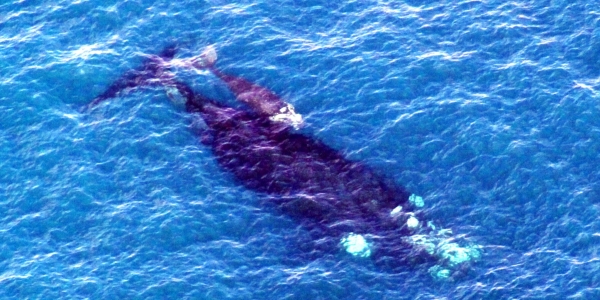Oceanographers have discovered more about why the eastern Great Australian Bight supports a year-round abundance of marine predators, including different whale species and white sharks which attract cage divers and filmmakers inspired by the Hollywood blockbuster Jaws.
For the first time, experts from Flinders University and the South Australian Research and Development Institute (SARDI) have described substantial subsurface phytoplankton layers deep beneath the eastern part of the Bight – which serves to support the rich marine biodiversity even when the surface phytoplankton blooms disappear at certain times of the upwelling season.
“To conserve this important region, and prepare for climate change, we need to further understand these systems and food sources,” says Flinders University researcher Alex Shute, the first author of a new study in Continental Shelf Research.
“To understand this, we explored year-to-year variations of phytoplankton layers in the region using satellite data in conjunction with water-column data from the Integrated Marine Observing System (IMOS).”
Read more at Flinders University
Image: Southern Right Whales in the Great Australian Bight. (Photo Credit: Dr Kerstin Bilgmann)


